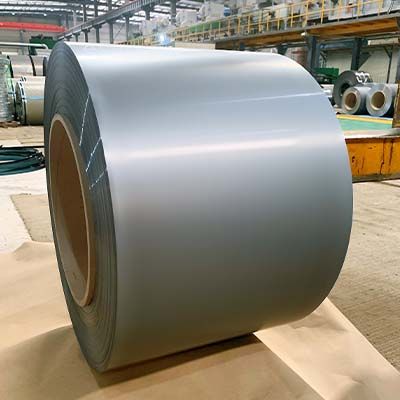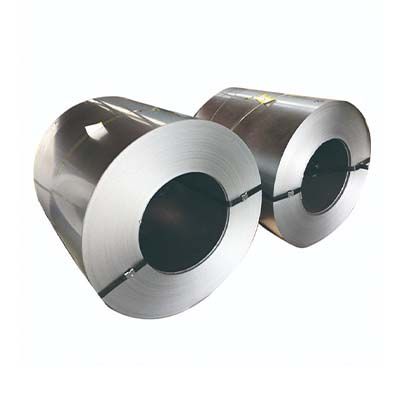As we all know, electrical steel plays a significant role in achieving efficient power transmission and distribution. In this comprehensive article, we will explore the characteristics, uses, benefits, and more details about electrical steel, shedding light on its importance and impact in the field of power transmission and distribution.
What is Electrical Steel?
Electrical steel, also known as silicon or lamination steel, is a specialized type of steel with high magnetic properties. It is designed to reduce energy loss due to hysteresis and eddy currents when subjected to alternating magnetic fields. The unique characteristics of electrical steel make it an indispensable material in electrical machinery and power equipment.
The Composition of Electrical Steel
Electrical steel primarily consists of iron and silicon, with small amounts of carbon and manganese. The addition of silicon enhances the magnetic properties of the steel, reducing energy losses caused by magnetic field variations. The carbon content is kept low to prevent the formation of carbides, which could adversely affect the magnetic properties.
Types of Electrical Steel
There are two main types of electrical steel: grain-oriented electrical steel (GOES) and non-grain-oriented electrical steel (NGOES).
Grain-oriented electrical steel: This type of electrical steel is specially processed to have a highly organized grain structure, enabling it to exhibit superior magnetic properties in a specific direction. GOES is commonly used in transformers and power generators.
Non-grain-oriented electrical steel: Unlike GOES, NGOES does not possess a preferred grain direction. It offers more isotropic magnetic properties, making it suitable for applications such as electric motors and rotating machinery.
Electrical Steel Manufacturing Process
The production of electrical steel involves several intricate steps to achieve the desired magnetic properties. The manufacturing process mainly includes:
Melting and refining of steel: The initial step involves melting and refining the steel in electric arc furnaces, ensuring precise control over the composition.
Continuous casting: The molten steel is cast into thin slabs, which are then rolled into coils.
Hot rolling: The coils are heated and passed through hot rolling mills to reduce the thickness and improve the mechanical properties of the steel.
Annealing: The rolled coils are subjected to annealing, a heat treatment process that optimizes the magnetic properties by carefully controlling the cooling rate.
Insulation coating: In some applications, electrical steel is coated with an insulating material to minimize eddy current losses.
Applications of Electrical Steel
Transformers: Electrical steel is a key component in power transformers, where it serves to minimize energy losses during the step-up and step-down voltage conversion processes.
Generators: Electrical steel is crucial for generators, enabling efficient energy conversion by reducing core losses.
Electric Motors: Electric motors rely on electrical steel for their stator and rotor cores, ensuring optimal performance and energy efficiency.
Inductors and Chokes: Electrical steel is used in inductors and chokes to store and release energy efficiently.
Magnetic Circuits: The magnetic properties of electrical steel make it essential for magnetic circuits, such as magnetic cores in various electronic devices.
Benefits of Electrical Steel
Enhanced Energy Efficiency: Electrical steel's low core losses and high magnetic permeability contribute to improved energy efficiency in power transmission and distribution systems.
Reduced Energy Consumption: By minimizing energy losses during voltage conversion, electrical steel helps reduce overall energy consumption.
Increased Power Output: The superior magnetic properties of electrical steel enable higher power outputs in transformers, generators, and motors.
Heat Reduction: Electrical steel's low magnetic hysteresis and eddy current losses result in less heat generation during operation, improving equipment reliability and lifespan.
Cost Savings: The efficiency gains achieved through the use of electrical steel lead to long-term cost savings in energy-intensive industries.
FAQs
1. What are the critical properties of electrical steel?
The key properties of electrical steel include high magnetic permeability, low core losses, low coercivity, and isotropic or anisotropic magnetic behavior.
2. How does electrical steel differ from regular steel?
Electrical steel differs from regular steel due to its optimized magnetic properties, achieved by adding silicon and carefully controlling the manufacturing process.
3. What are the different grades of electrical steel?
Electrical steel is available in various grades, such as M-0H, M-1H, M-2H, M-3H, and M-4H for grain-oriented electrical steel, and H15P, H20P, H25P, and H35P for non-grain-oriented electrical steel.
4. Can electrical steel be recycled?
Yes, electrical steel is highly recyclable. Recycling electrical steel helps conserve resources and reduce environmental impact.
5. Is electrical steel expensive compared to other materials?
Electrical steel may have a higher initial cost compared to some other materials, but its energy-efficient properties make it a cost-effective choice in the long run.
6. How does electrical steel contribute to energy efficiency?
By minimizing energy losses due to hysteresis and eddy currents, electrical steel enables higher energy efficiency in power transmission, distribution, and electrical machinery.
Conclusion
All in all, the unique properties of electrical steel make it an indispensable material in power transmission and distribution. By harnessing the power of electrical steel, engineers and professionals in the electrical industry can continue to achieve efficient and sustainable power systems for the future.






